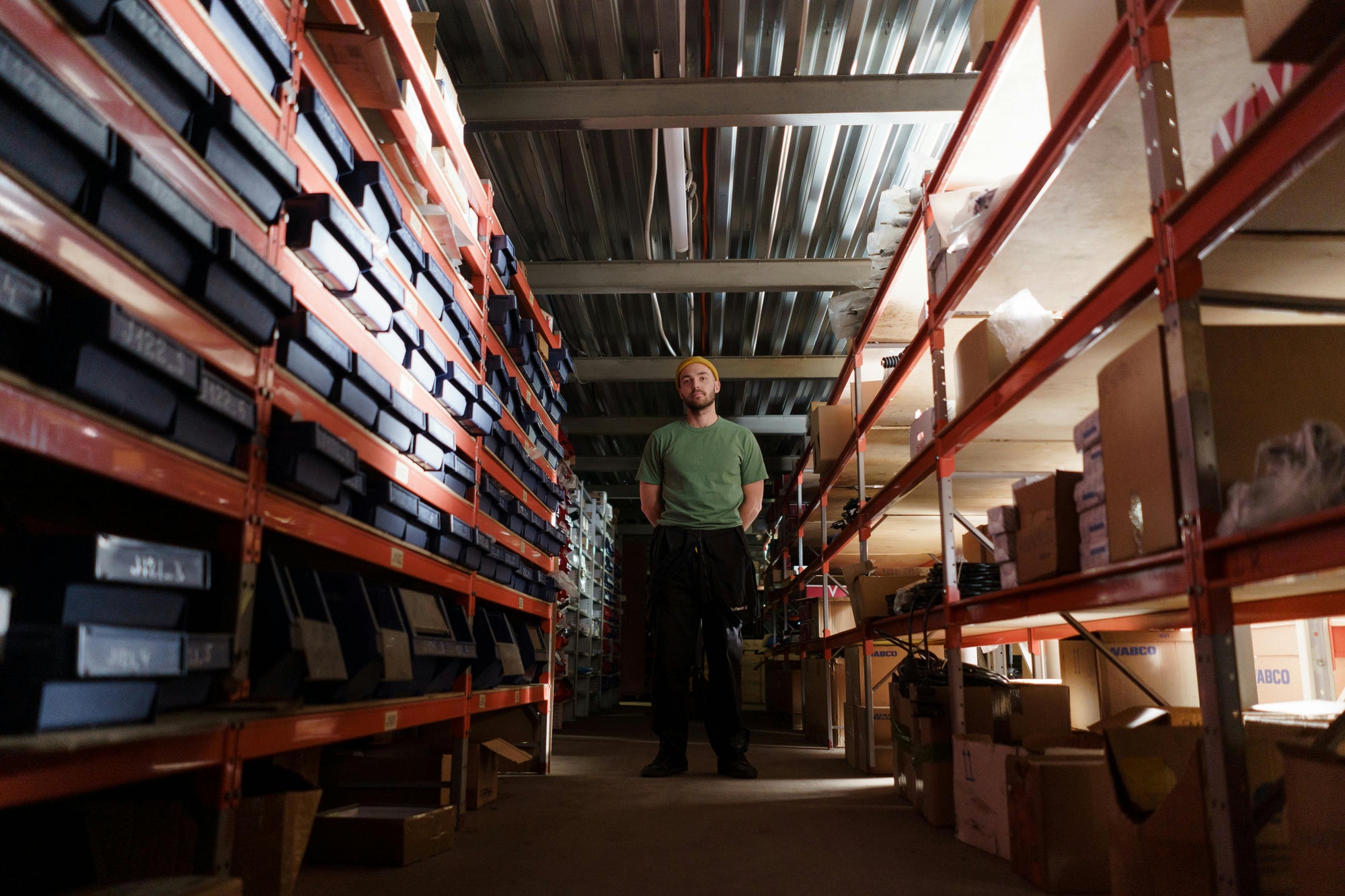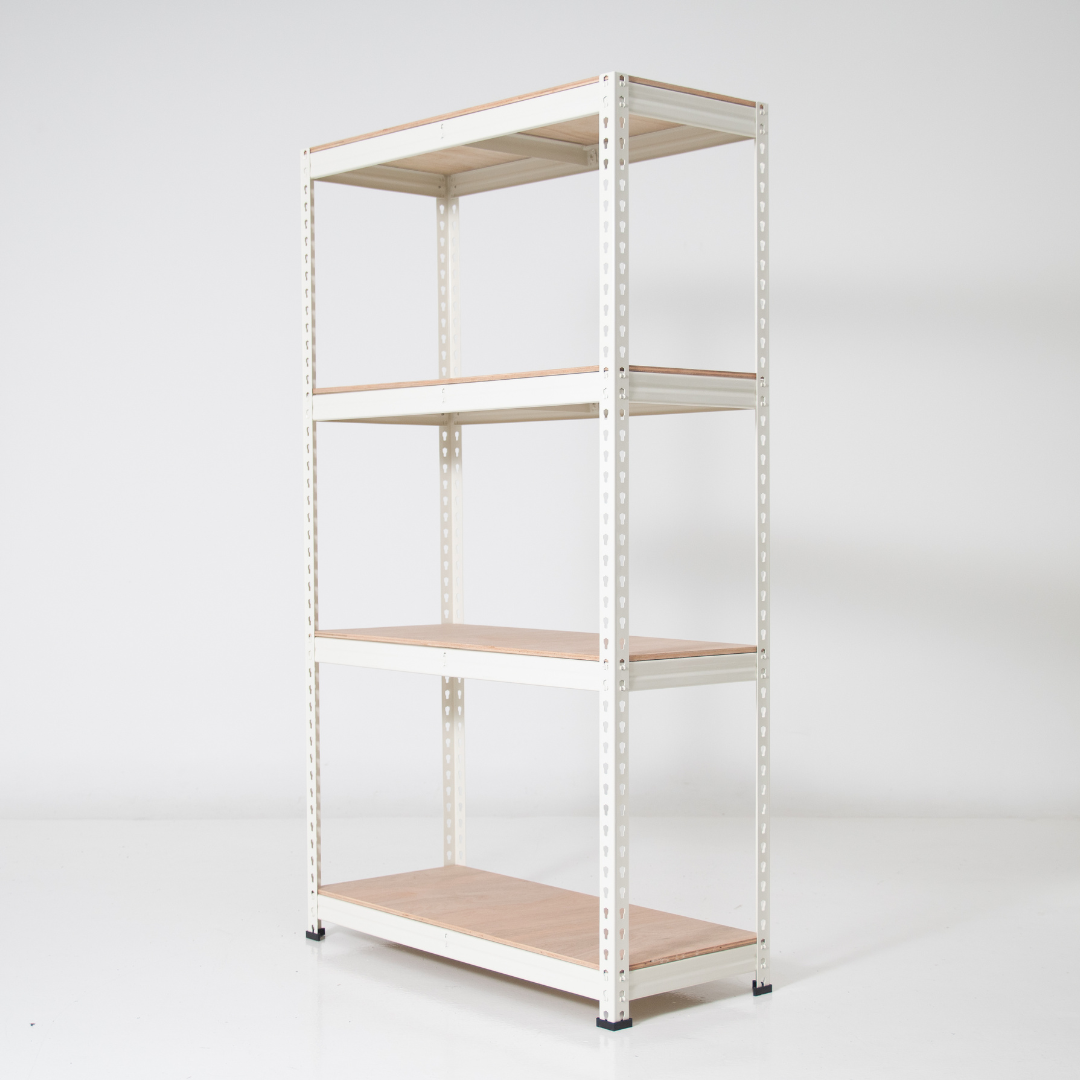Racking systems play an important role in storage and logistics, ensuring effective organisation, space efficiency, and accessibility. Whether in warehouses, retail spaces, or industrial facilities, choosing the proper racking material has an impact on durability, and performance. Steel and aluminum are two of the most often utilised materials due to their different qualities. This article will compare steel and aluminium racking systems in terms of material qualities, strength, cost, environmental compatibility, and customisation choices to assist you in making a smart choice.
Comparing Steel and Aluminium
Material Properties

Steel is an iron-carbon alloy that comes in a variety of forms suitable for diverse applications. Carbon steel is commonly used for industrial storage owing to its strength, however stainless steel is used in hygiene-sensitive environments such as food storage and pharmaceuticals. Galvanised steel has a zinc coating that prevents rust and corrosion, making it ideal for outdoor use. Steel’s high tensile strength and longevity make it excellent for heavy-duty storage, but it is also heavier, necessitating sufficient flooring support.
Aluminium, on the other hand, is a lightweight metal that is frequently alloyed with magnesium or silicon to improve strength. Pure aluminium is corrosion-resistant yet softer, whereas aluminum alloys provide greater durability. Aluminium is naturally rust-resistant, making it perfect for use in humid conditions. It is also extremely bendable, enabling for complex designs and simple assembly. However, its inferior load-bearing capability compared to steel restricts its usage in heavy-duty storage applications.
Durability and Strength
Steel racking systems are known for their great strength and load-bearing capability, making them ideal for warehouses and industrial settings. Steel racks can last for years if properly maintained and coated. However, if not treated, steel is prone to rust and corrosion, particularly in humid environments. Stainless steel and galvanised steel are solutions that help to alleviate this issue.
Aluminium racking systems, on the other hand, are very resistant to corrosion, making them perfect for outdoor and high-moisture applications such as food storage and the chemical industry. However, aluminium has a lower load-bearing capability than steel, making it unsuitable for holding heavy items. Because of its softer nature, aluminium is more prone to bending and denting under severe loads, which can have an impact on overall durability.
Cost Considerations
Steel is typically less expensive per unit weight than aluminum. However, prices differ based on the type of steel utilised. While steel is less expensive up front, maintenance expenses can build up, especially for anti-corrosion treatments and coatings. Stainless steel is more expensive than conventional carbon steel, despite its corrosion resistance.
Aluminium has a greater initial cost due to its lightweight and corrosion resistance. However, it requires less maintenance than steel, resulting in fewer long-term expenses. Its natural rust resistance removes the need for extra treatments, making it an economical solution for locations where moisture is an issue.
Suitability for Various Environments
Steel and aluminium both have distinct advantages based on the context in which they are employed. Steel racking systems can be used indoors and outdoors, although they require protective coatings when exposed to moisture. Aluminium racking systems, on the other hand, perform well in outdoor and humid conditions where corrosion resistance is important.
Steel expands and contracts more than aluminium in response to temperature variations. Even in adverse weather conditions, it remains structurally sound. Aluminium, on the other hand, has less thermal expansion and contraction, allowing it to remain stable in changing climates. This makes aluminium an excellent choice for temperature-sensitive storage.
Customisation and Flexibility
Steel racking systems offer several customising choices. They can be powder-coated, galvanised, or painted to improve both longevity and appearance. Steel is also easier to weld and manufacture, making it suitable for heavy-duty, personalised storage solutions.
Aluminium is lighter and more flexible, making it easier to carry, build, and reconfigure. Its modular design flexibility enables for easy assembly and disassembly, making it ideal for enterprises that require regular layout modifications. However, it is less resistant to heavy weights than steel.
Discover the Ultimate Metal Racking Solution with PG Storage Systems
At PG Storage Systems, we provide top-quality metal racking solutions designed for durability, flexibility, and hassle-free installation. Our boltless racks are perfect for homes, offices, retail spaces, and warehouses, offering exceptional stability and adjustable shelving to accommodate your evolving storage needs. Crafted with epoxy-coated, anti-rust materials, our metal racking systems support up to 300kg UDL per shelf, ensuring long-lasting performance. PG Storage Systems makes organising effortless. Upgrade to our metal shelf rack today for a smarter and more efficient storage solution!



